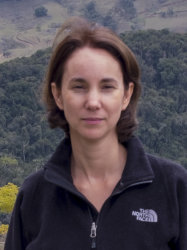BibTex format
@article{Resasco:2016:10.1111/ecog.02546,
author = {Resasco, J and Bruna, EM and Haddad, NM and Banks-Leite, C and Margules, CR},
doi = {10.1111/ecog.02546},
journal = {Ecography},
pages = {109--118},
title = {The contribution of theory and experiments to conservation in fragmented landscapes},
url = {http://dx.doi.org/10.1111/ecog.02546},
volume = {40},
year = {2016}
}

